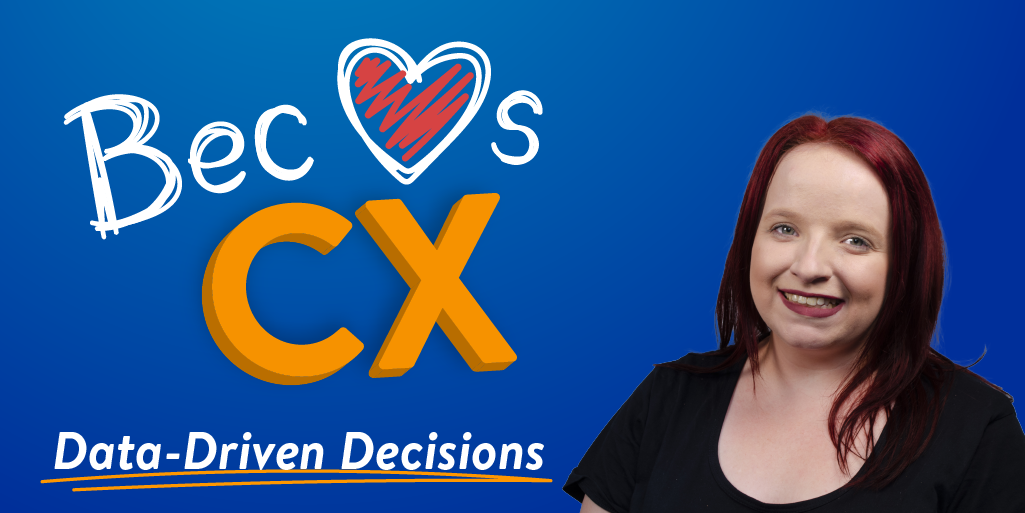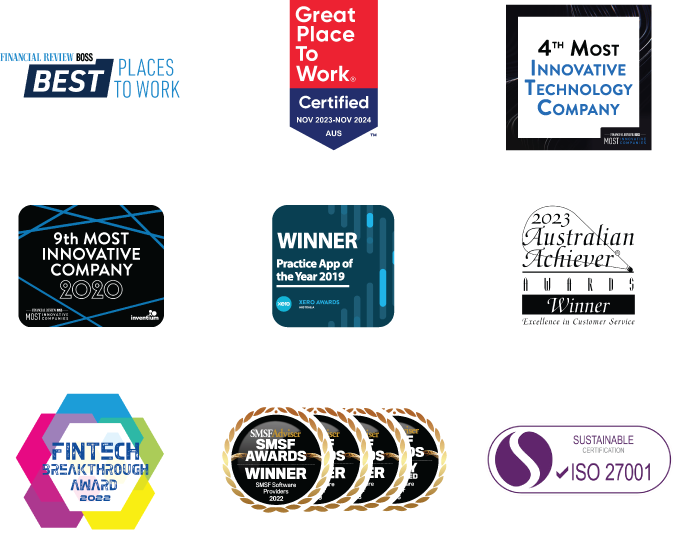
You’ve put your Customer Experience Strategy out into the atmosphere and now your team and your business have the foundations set and completed your first step in becoming a CX guru!
What happens next? You deep dive into understanding your clients, using Voice of Customer (VOC), Customer Insights and Understanding.
When you listen, you learn!
Shifting your focus to understanding your clients is the best approach for enabling your team to gain a genuine understanding of who their audience is. When you know this, you can then start using this information to align your CX strategy and your CX delivery with your clients’ best interests. Calling all Accountants – Who doesn’t love making data-driven decisions, am I right?
There are two types of approaches that can be used to collect information:
- Quantitative
-
-
- Relationship surveys
- Touchpoint surveys
- Focused surveys
-
- Qualitative
-
- Unsolicited customer feedback
- Ethnographic research
- Focus groups
- Voice of employee – Don’t forget, employees are our clients too!
For example, Airport security collected data (quantitative) and conducted observations (qualitative) of passengers to identify that floppy-eared sniffer dogs were viewed as less intimidating to passengers and made the experience more enjoyable and people more cooperative, therefore in most cases, the dog that sniffs your bags prior to departure will most likely look like a dog you would want to cuddle.
How do we make sure we provide the “fluffy puppy” experience?
Whilst quantitative data collection enables you to make data-driven decisions, you must consider the fact that the surveys are created by you, and you decide what to ask – Before you send a survey, ask these questions:
- What are we trying to achieve – Is the survey going to bring value to the business? Or am I wasting clients time with a pointless survey?
- Are we asking the right questions?
- Are we only asking what we think we need to ask and not what we should be asking?
- If we’re asking the wrong questions, is the data going to be accurate?
As much as accountants thrive on data, it’s important when collecting it, that we get it right or the decisions we make based on the results will be misaligned. Data can be our friend or our foe, don’t rush the process and make surveys valuable!
Qualitative information is where you can start to build up client personas because everyone is different but is just as important as one another in the CX lifecycle.
Client personas are fictional characters that represent the key characteristics of the main types of clients you will encounter through the business. It is an easy way of capturing your understanding of them and putting a personal touch on them.
For example, you might have a client that (for persona purposes) is called ‘John’. John is a 37-year-old business executive, who is a sole trustee of his own SMSF. When he comes in for his annual appointment with you (the accountant), you notice he drives a Tesla and always wears a handmade suit. John is sophisticated and is always short on time.
For someone like John, you would design your CX delivery based on your CX strategy and ensure it aligns with his persona.
Again, this can be your friend or your foe. Don’t ever simply create personas off the top of your head. Do your research and really get to know people. This will ensure your fictional characters accurately represent different pools of clients that do business with you and help you to design CX journeys for each type of client.
Your investment in research and data collection should be at the core of every decision you make, be it CX or otherwise. How are you going to adopt these approaches in your business today?

